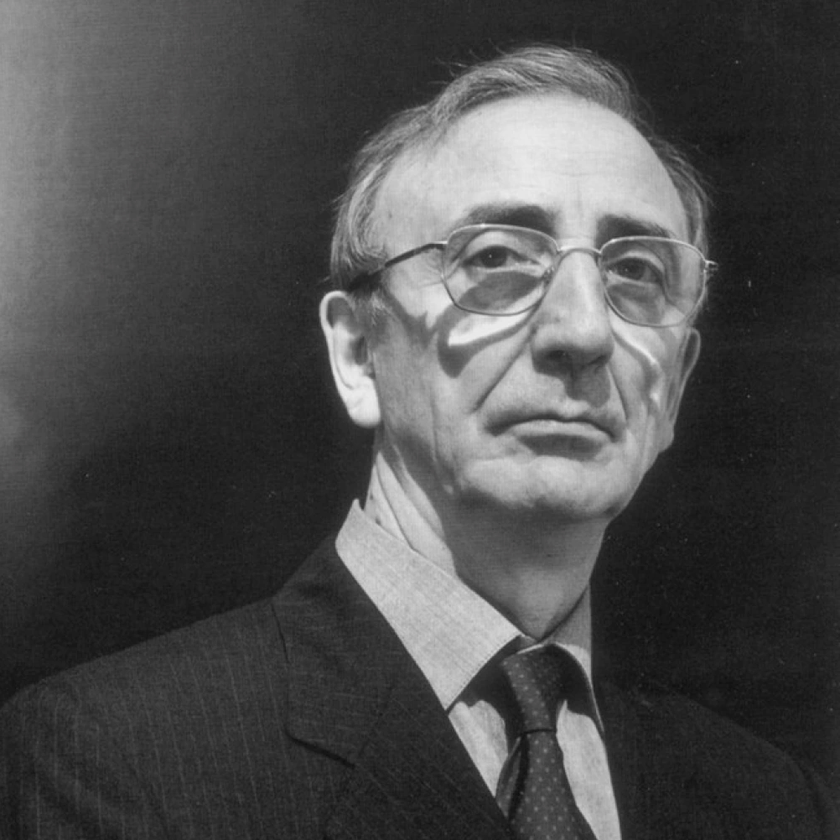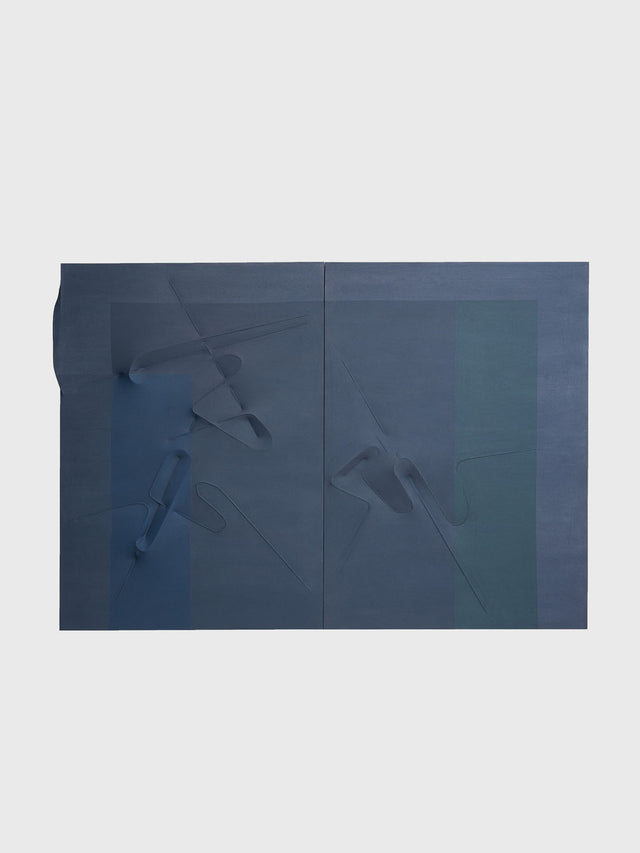Agostino Bonalumi

Agostino Bonalumi (1935-2013) is an Italian abstract artist. Bonalumi studied technical design and mechanics professionally, which significantly influenced his artistic style. Bonalumi's works have been shown in numerous major solo and group exhibitions, including the Venice Biennale and the São Paulo Biennale. They are part of the permanent collections of many museums, including the Galleria Civica d'Arte Moderna e Contemporanea in Turin, the Galleria Nazionale d'Arte Moderna e Contemporanea in Rome, the Berardo Collection Museum in Lisbon, the Peggy Guggenheim Collection in Venice, and the Walker Art Center in Minneapolis. Important retrospectives were held at the Mathildenhöhe Institute in Darmstadt (Germany) in 2003, at the Moscow Museum of Modern Art in 2011 and at the Palazzo Reale in Milan in 2018. In 2002, he was awarded the Prize of the President of the Republic.
His most iconic works are three-dimensional monochrome canvases with vinyl coating. He introduced the term “ectroflexion” (Estroflessioni) for an original technique. He stretched canvases onto an intricate underframe of his own invention in such a way as to create the illusion of the influence of an invisible force hidden behind it. It was important for the artist to emphasize the three-dimensionality of his works. He called them "Picture-Objects". The creation of this technique was influenced by the ideas of Lucio Fontana, whose studio he visited in the late 1950s, and ideas related to space. In the 1960s, the artist expanded his palette of materials to include metals. Their scale gradually increased, which led to the creation of large installations.
In the early 1960s he became one of the founders of the Nuova Scuola Europea group. He played an important role in the development of radical Italian artistic language. His "Picture-Objects" are characterized by rectilinear structures and reflect the artist's exploration of the expressive potential of various materials. Bonalumi truly made a unique contribution with his original technique and his "polyhedrons" are capable of expressing enigmatic views of the infinite dimensions of the physical world.

